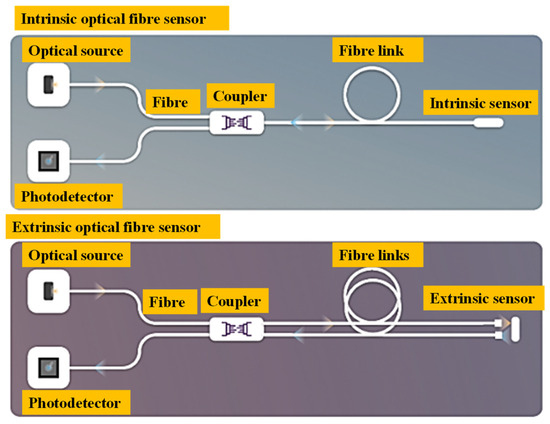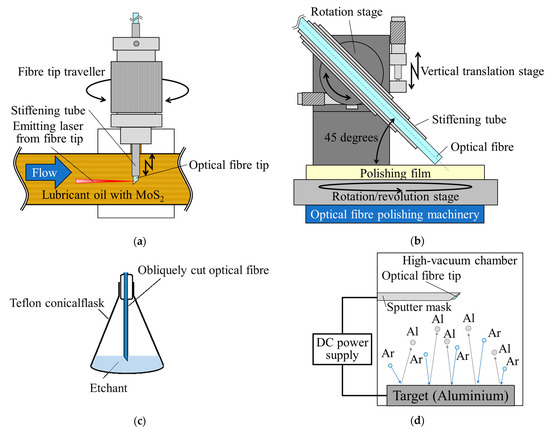How the Optical Fibre Diameter Analyser Helps in Meeting Stringent Industry Standards
How the Optical Fibre Diameter Analyser Helps in Meeting Stringent Industry Standards
Blog Article
Exactly How an Optical Fibre Diameter Analyser Enhances Quality Control in Fibre Production
The assimilation of an Optical Fibre Diameter Analyser into Fibre production procedures represents a significant innovation in high quality control methodologies. By supplying real-time, accurate dimensions of Fibre sizes, this innovation addresses the important need for uniformity in manufacturing criteria. With its ability to promptly identify inconsistencies and timely rehabilitative steps, the analyser not just enhances item reliability however additionally adds to total operational effectiveness. As sectors increasingly focus on top quality and compliance, comprehending the complete impact of such advancements becomes vital. What effects could this have for the future of Fibre production?

Value of Fibre Diameter Measurement
Accurate dimension of Fibre Diameter is important in the field of optical Fibre technology, as it directly affects the efficiency and dependability of Fibre optic systems. The Diameter of an optical Fibre influences its light-carrying capability, attenuation, and overall transmission efficiency. Accuracy in gauging Fibre Diameter ensures that the optical residential or commercial properties are maintained within defined resistances, which is crucial for ideal signal integrity.
Variants in Fibre Diameter can lead to raised losses as a result of scattering and modal dispersion, influencing the high quality of data transmission. In high-speed interaction systems, such disparities can lead to significant destruction of signal high quality, resulting in data mistakes and reduced performance. Consistent Fibre Diameter is crucial for compatibility with ports and splicing technologies, which are indispensable parts of Fibre optic networks.
Quality control procedures in Fibre manufacturing heavily rely upon accurate Diameter dimensions to make sure compliance with market standards. By carrying out robust measurement strategies, producers can boost product integrity, reduce waste, and enhance overall system performance. Hence, the significance of Fibre Diameter measurement can not be overstated, as it offers as a cornerstone in the innovation of optical Fibre innovation and its applications in modern-day communication networks.
How the Analyser Works
The efficient dimension of Fibre Diameter counts on innovative analytical methods that make certain accuracy and reliability in optical Fibre manufacturing (optical fibre diameter analyser). The Optical Fibre Diameter Analyser employs a combination of laser innovation and progressed photo processing algorithms to precisely examine the Diameter of fibers as they are produced
Initially, a laser beam of light is routed at the relocating Fibre, creating a cross-sectional shadow. The analyser captures this shadow utilizing high-resolution electronic cameras placed strategically along the assembly line. The caught pictures are then refined in real-time to figure out the Fibre's Diameter with remarkable accuracy.
The system uses advanced algorithms that represent different aspects, consisting of variants in light intensity and environmental conditions, to improve measurement reliability. It can spot minute modifications in Diameter, such as fluctuations that may happen during the manufacturing process.
Moreover, the analyser can taking care of several fibres at the same time, enhancing throughput without compromising precision. By supplying immediate feedback on the Diameter, the Optical Fibre Diameter Analyser plays a crucial duty in preserving strict quality assurance criteria, making certain that the final product meets sector specs and customer needs.
Benefits of Real-Time Surveillance
While standard methods of monitoring Fibre Diameter usually include time-consuming post-production checks, real-time surveillance considerably boosts the effectiveness and quality of optical Fibre production. optical fibre diameter analyser. This positive approach enables manufacturers to determine deviations in Fibre Diameter as they happen, instead than waiting up until production is full to evaluate top quality
By continuously gauging the Diameter during manufacturing, producers can make certain that the fibres satisfy stringent specs, leading to decreased irregularity and improved consistency. Real-time surveillance also allows prompt corrective actions to be taken, lessening waste and preventing faulty fibers from getting in the supply chain.
Furthermore, this innovation promotes enhanced data collection and analysis, supplying understandings right into production trends and prospective locations for renovation. Such data-driven decision-making encourages manufacturers to optimize processes and preserve high requirements of top quality control.
Additionally, real-time monitoring fosters a culture of continuous enhancement within the production atmosphere. Staff members are a lot more involved when they can see the effect of their job in real-time, bring about enhanced liability and a dedication to quality. On the whole, the execution of real-time surveillance systems in optical Fibre production converts to premium item high quality and boosted client contentment.
Influence on Manufacturing Effectiveness
Carrying out optical Fibre Diameter analysers significantly enhances manufacturing performance by enhancing the manufacturing process. These devices promote continual tracking of Fibre Diameter, permitting makers to discover discrepancies in real-time. By identifying inconsistencies without delay, manufacturing lines can be changed quickly, minimizing downtime and lowering the probability of producing malfunctioning items.
Additionally, the integration of these analysers right into the production operations allows better source allotment. With exact Diameter measurements, drivers can optimize product usage, making sure that resources are not thrown away on problematic fibers. This precision additionally adds to much less remodel and scrap, eventually lowering manufacturing costs.
The automation supplied by optical Fibre Diameter analysers lowers reliance on hand-operated evaluations, which are prone and usually time-consuming to human mistake. Therefore, workers can concentrate on more calculated jobs, enhancing general performance.
Furthermore, the information generated from these analysers can notify procedure renovations and help with much better decision-making. By analyzing trends in Fibre Diameter variants, manufacturers can carry out aggressive measures to enhance manufacturing strategies and keep consistent high quality. In recap, optical Fibre Diameter analysers play an essential function in increasing manufacturing efficiency, resulting in better output and enhanced earnings.
Instance Researches and Success Stories
Throughout various sectors, instance research studies highlight the transformative influence of optical Fibre Diameter analysers on manufacturing procedures. One noticeable instance is a leading telecommunications company that faced challenges with inconsistent Fibre diameters, leading to enhanced rejection rates. By integrating an optical Fibre Diameter analyser, the firm attained real-time surveillance of Fibre measurements, leading to a 30% reduction in problems and considerable expense savings.

In addition, a research establishment focusing on innovative materials made use of optical Fibre Diameter analysers to improve their experimental procedures. The analyser's capability to give comprehensive understandings into Fibre uniformity enabled the growth of innovative products with better performance attributes.
These success stories highlight the crucial function of optical Fibre Diameter analysers explanation in enhancing quality assurance, boosting production effectiveness, and driving technology across varied sectors.
Conclusion
Finally, the Optical Fibre Diameter Analyser plays a critical function in boosting quality control within Fibre production. By giving precise, real-time measurements and assisting in prompt corrective actions, this technology substantially lowers irregularity and minimizes waste. The application of such sophisticated devices cultivates a society of continual improvement and operational efficiency, eventually making sure conformity with market requirements and keeping competition. As shown via numerous instance researches, the analyser proves important for achieving exceptional go now product high quality in Fibre manufacturing.

The application of optical Fibre Diameter analysers enabled for stringent high quality control, ensuring that the generated fibres satisfied exacting sector standards.In verdict, the Optical Fibre Diameter Analyser plays a crucial role in improving top quality control within Fibre manufacturing.
Report this page